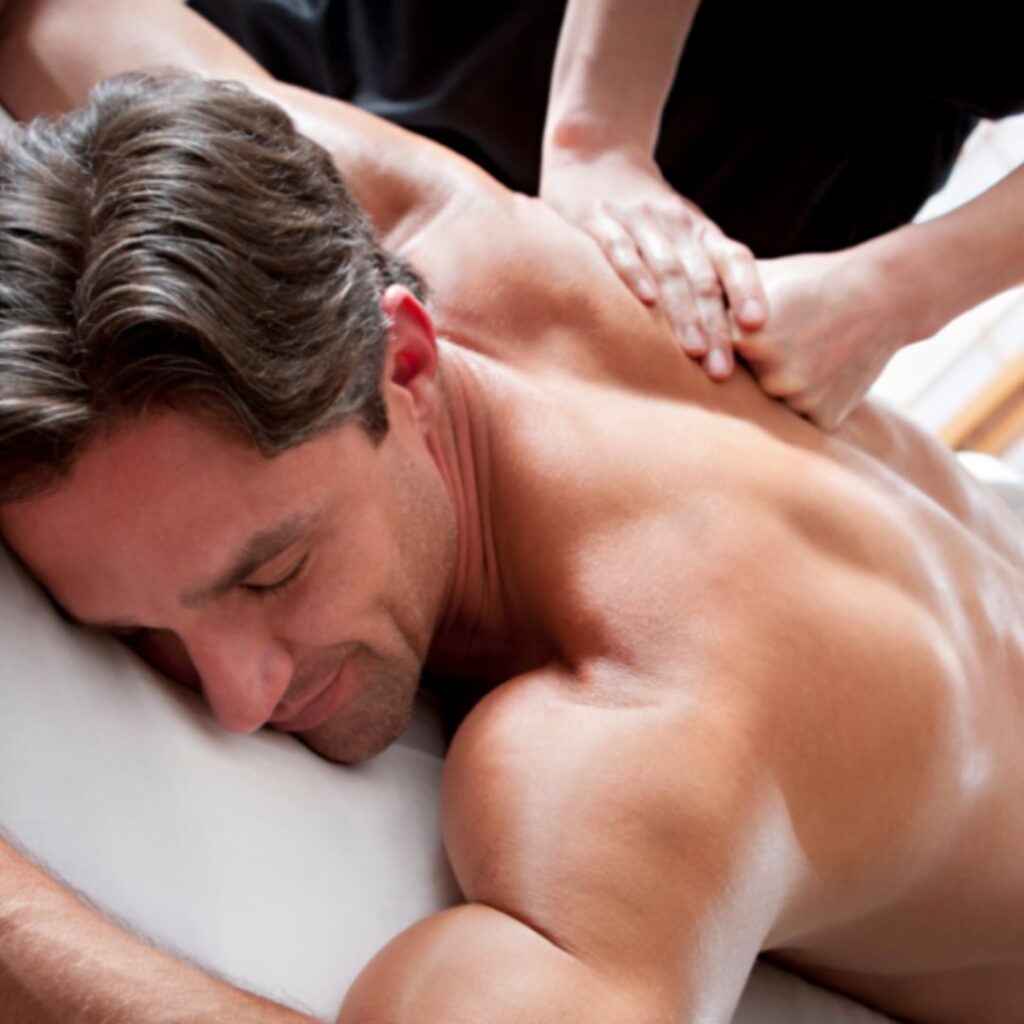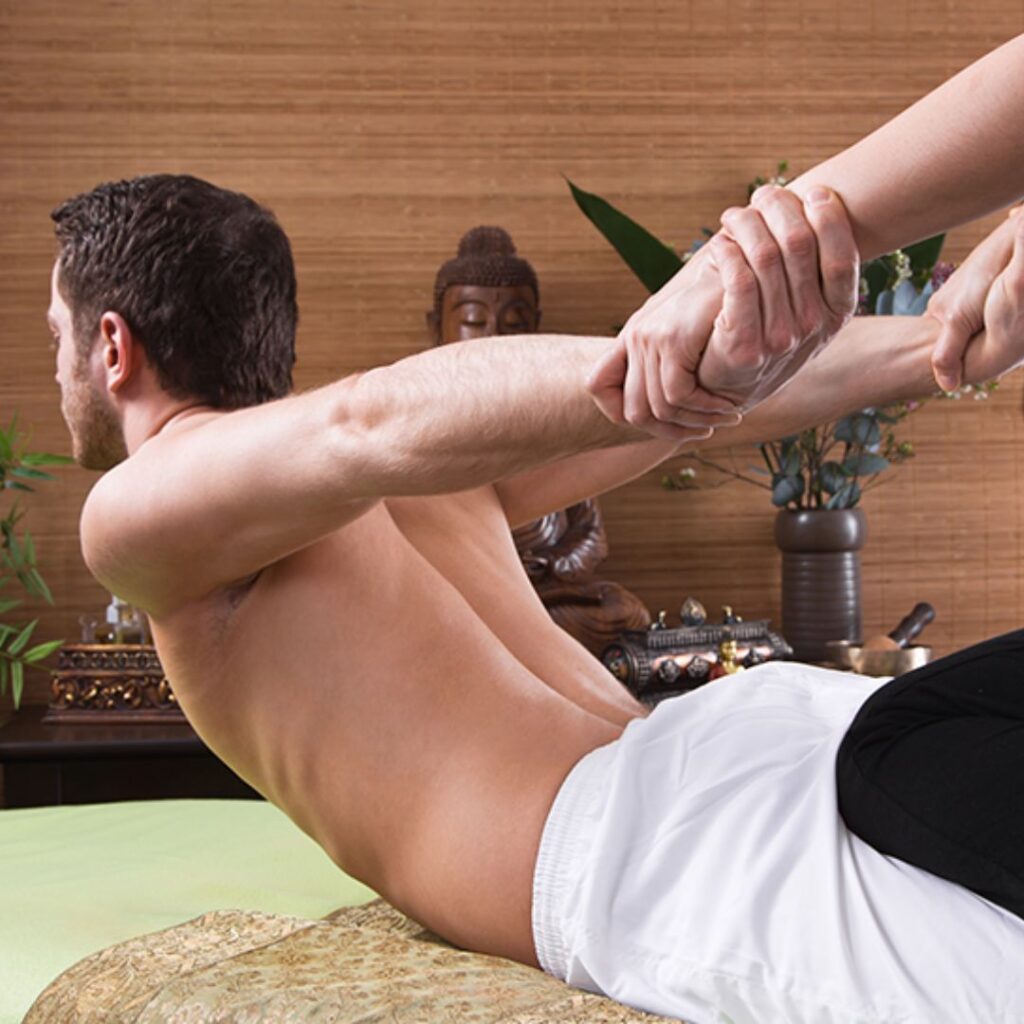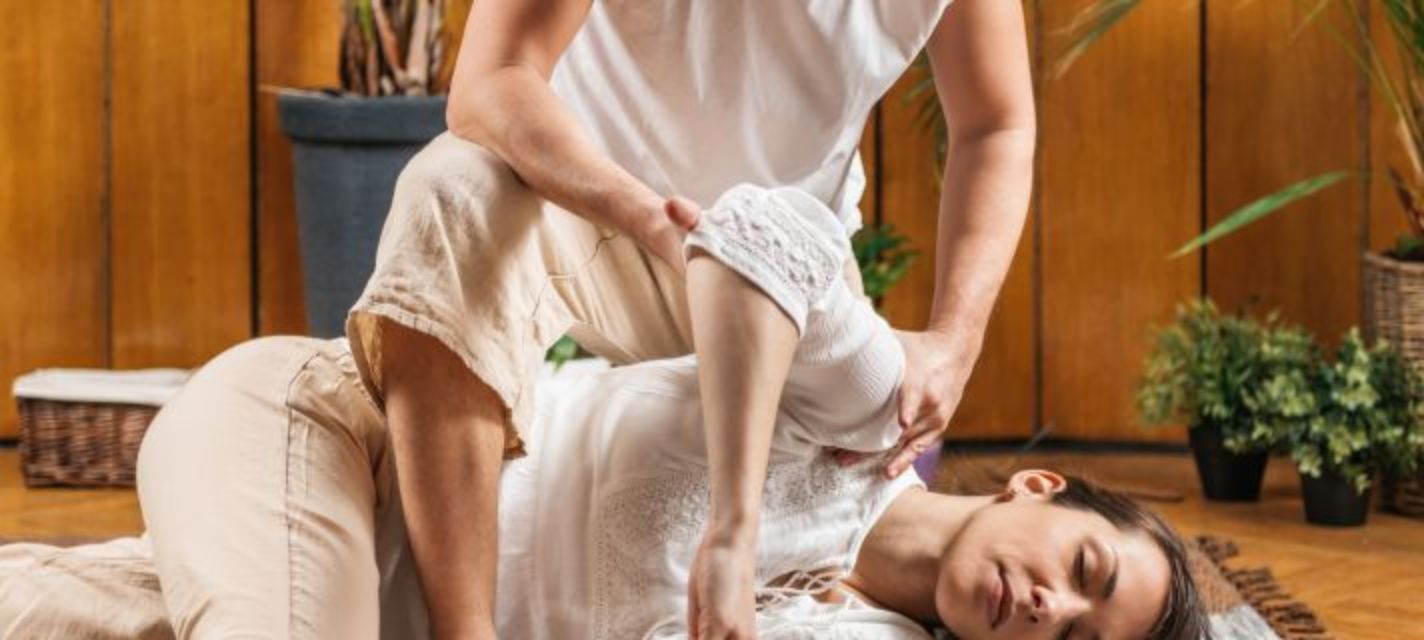Thai massage is a revered, ancient practice known for its ability to restore balance and promote relaxation through stretches, acupressure, and rhythmic movements. While basic techniques provide therapeutic benefits, advanced Thai massage techniques offer a deeper, more comprehensive approach, addressing chronic tension, improving flexibility, and fostering overall well-being. For practitioners looking to deepen their expertise, mastering advanced techniques can enhance both their skills and their clients’ experiences.
1. Understanding the Sen Energy Lines
In Thai massage, Sen lines, or energy channels, are thought to run throughout the body, similar to meridians in Chinese medicine. Advanced practitioners learn to manipulate these energy lines through acupressure techniques that release blockages and promote energy flow. Mastery of Sen line therapy involves precise finger and thumb pressure along these lines, as well as understanding which lines are connected to specific ailments or areas of tension. By working directly on these energy lines, practitioners can enhance the therapeutic effect of the massage, creating a holistic healing experience.
2. Advanced Stretching Techniques for Flexibility and Joint Health
Thai massage is unique for its use of assisted stretching, where the therapist uses their hands, feet, and body weight to guide clients through various stretches. Advanced stretching techniques go beyond basic stretches to improve joint mobility and muscular flexibility. Examples include spinal twists, deep hip openers, and hamstring stretches that are beneficial for clients with sedentary lifestyles. These stretches not only alleviate muscle stiffness but also improve the body’s range of motion, benefiting athletes, older adults, and anyone seeking increased flexibility.

3. Applying Rhythmic Compression for Deep Relaxation
Rhythmic compression is a foundational technique in Thai massage that applies gentle pressure in a rocking or pulsing motion. In advanced practice, this technique becomes more nuanced, focusing on rhythm, speed, and pressure that align with the client’s unique needs. By varying these factors, practitioners can help clients achieve a state of deep relaxation, stimulate blood flow, and prepare muscles for deeper work. Rhythmic compression can be particularly effective for stress relief, as it combines gentle movement with steady, calming pressure.
4. Working with Body Weight and Leverage
Thai massage often involves the practitioner’s body weight to apply deeper pressure in a controlled manner. Advanced therapists learn to use their elbows, knees, and feet for deeper and more targeted pressure, allowing them to access hard-to-reach areas and release deep-seated tension without straining their hands. This skill requires excellent body mechanics, balance, and a deep understanding of client comfort levels. By skillfully applying body weight, practitioners can release stubborn knots and promote relaxation at a profound level.
5. Incorporating Traditional Herbal Compresses
Traditional Thai herbal compresses, or “Luk Pra Kob,” are often incorporated into advanced Thai massage sessions to relieve muscle pain and boost circulation. These compresses are typically filled with herbs such as turmeric, ginger, lemongrass, and kaffir lime leaves, which have anti-inflammatory and soothing properties. When heated and applied to the body, these compresses promote relaxation, ease soreness, and enhance the healing effects of the massage. Mastering the use of herbal compresses allows practitioners to offer a unique, deeply relaxing experience with added therapeutic benefits.
6. Practicing Mindfulness and Presence
Advanced Thai massage is not just about physical technique; it’s also about the practitioner’s mental state. Being mindful and fully present with each movement enhances the quality of the massage, as clients can feel the practitioner’s intention and attention. Practitioners can develop mindfulness through meditation, deep breathing, and focusing techniques. This state of presence also helps practitioners tune into clients’ responses, adjust pressure and positioning accordingly, and deliver a more intuitive, customized experience.

7. Adapting Techniques to Individual Needs
One of the hallmarks of an advanced Thai massage practitioner is the ability to tailor techniques to meet individual needs. Practitioners should assess factors such as flexibility, muscle tone, and health concerns, adjusting their techniques to match. For instance, deeper pressure may be suitable for clients with high muscle density, while a gentler approach may be preferred for clients with low pain tolerance or chronic pain. Customizing techniques helps ensure that each client receives the maximum benefit from their session.
Conclusion
Mastering advanced techniques in Thai massage allows practitioners to elevate their practice, providing clients with a deeper, more therapeutic experience. By honing skills in areas such as Sen line work, advanced stretching, rhythmic compression, and mindful presence, practitioners can offer a highly personalized and effective service. This level of mastery not only enhances the quality of care but also sets practitioners apart in the field, attracting clients who seek comprehensive, professional Thai massage treatments. With continuous learning and mindful application of advanced techniques, practitioners can foster healing and well-being for clients on a profound level.

